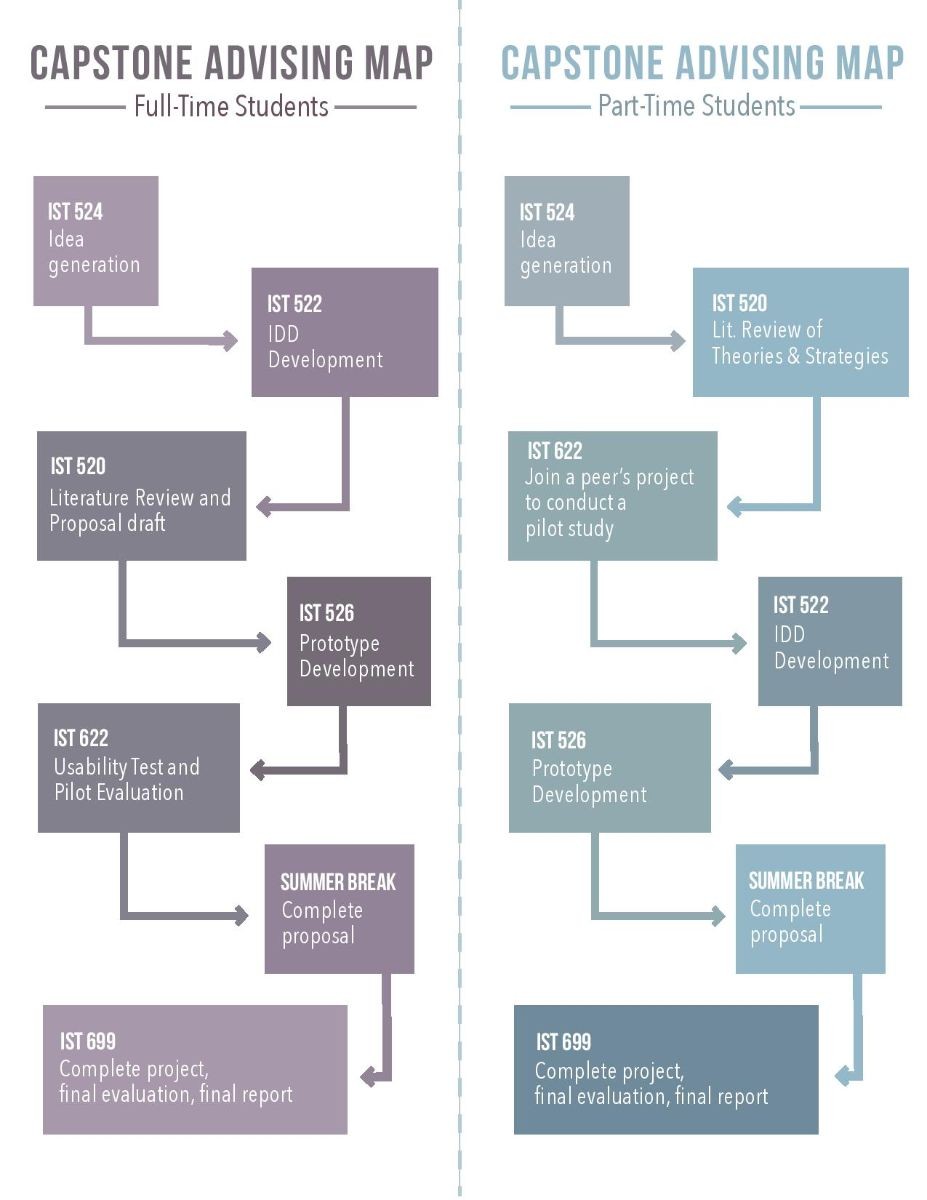Instructional Science and Technology MS
Blended Program
The MIST Blended Program is a 4 semester, 16 month long graduate program that emphasizes the use of instructional technology in a variety of learning environments.
The Blended Program requires 5 weekends on campus that occur near the following times:
- End of August: requires three days on campus at CSUMB.
- End of January: requires two days on campus.
- End of May: requires one or two days on campus, dependent on course schedule.
- End of August: requires one day on campus.
- End of Jan: Requires a half day on campus to present one's Capstone Project.
*Please note, the order of the weekends one will attend on campus depends on the start date they select, the Spring 2025 cohort will begin with the January weekend.
One of the great benefits of the Blended Program is the ability to come to campus and use the technology housed in the School of Computing and Design classrooms, which include: touchscreen boards, high-end computer and gaming design labs, 3D printers, and a multitude of mobile teaching and learning devices. During this time on campus, students meet with their faculty, program staff, and fellow students to learn about their upcoming coursework, meet with industry professionals, and further plan their individual Capstone project with their faculty mentor.
Regardless of program modality (online or blended) access to the campus is not only available, but highly recommended.
Note for Spring Cohort:
Spring 2025 is the first time we will be offering seats in our program outside of a Fall start date. As such, students who apply to this pathway will need to take a minimum of five semesters to complete the program.
Course Progression
The program's curriculum is designed in a way that both novices to the world of instructional design, and its respective software and skills, and seasoned Instructional Designers can benefit from our program. In short, no specific student background is necessarily expected, but an interest in training, teaching, educational technology, web design and development, alongside audio and visual production is of great help in ultimately succeeding in our program.
A full list of courses can be found in the MIST course catalog.
Students develop a unique component of their capstone project during each class. The diagram below outlines how the Capstone project progress from conceptual idea to completed project, for both full-time and part-time students.
